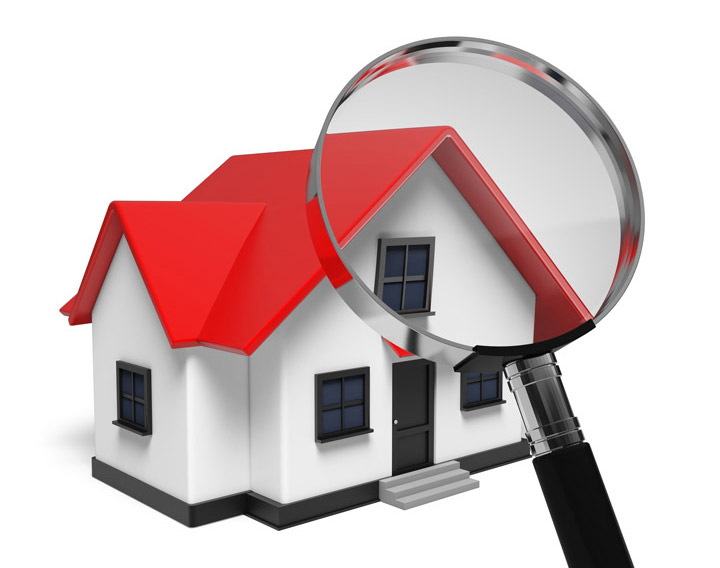
Comprehending AppraisalsGetting a home can be the largest financial decision many may ever make. Whether it's a main residence, a second vacation home or an investment, purchasing real property is an involved financial transaction that requires multiple parties to make it all happen. Most of the participants are very familiar. The real estate agent is the most familiar face in the transaction. Next, the bank provides the financial capital required to finance the exchange. And ensuring all areas of the exchange are completed and that the title is clear to pass from the seller to the purchaser is the title company. So, what party makes sure the value of the real estate is in line with the amount being paid? This is where the appraiser comes in. We provide an unbiased estimate of what a buyer might expect to pay — or a seller receive — for a property, where both buyer and seller are informed parties. A licensed, certified, professional appraiser from Kelly Bridges will ensure, you as an interested party, are informed. Inspecting the subject propertyTo determine the true status of the property, it's our responsibility to first complete a thorough inspection. We must physically see features, such as the number of bedrooms and bathrooms, the location, living areas, etc, to ensure they truly exist and are in the condition a typical person would expect them to be. To ensure the stated size of the property has not been misrepresented and illustrate the layout of the home, the inspection often entails creating a sketch of the floorplan. Most importantly, we identify any obvious amenities - or defects - that would affect the value of the house. Once the site has been inspected, an appraiser uses two or three approaches to determining the value of the property: a paired sales analysis, a replacement cost calculation, and an income approach when rental properties are prevalent. 
Replacement CostThis is where the appraiser uses information on local construction costs, the cost of labor and other factors to derive how much it would cost to build a property comparable to the one being appraised. This value often sets the maximum on what a property would sell for. The cost approach is also the least used predictor of value. 
Paired Sales AnalysisAppraisers can tell you a lot about the communities in which they appraise. They thoroughly understand the value of certain features to the people of that area. Then, the appraiser researches recent transactions in close proximity to the subject and finds properties which are 'comparable' to the real estate being appraised. Using knowledge of the value of certain items such as upgraded appliances, extra bathrooms, additional living area, quality of construction, lot size, we adjust the comparable properties so that they more accurately portray the features of subject property.
A true estimate of what the subject could sell for can only be determined once all differences between the comps and the subject have been evaluated. At Kelly Bridges, we are an authority when it comes to knowing the worth of particular items in Elgin and Comanche County neighborhoods. The sales comparison approach to value is commonly given the most weight when an appraisal is for a home sale. Valuation Using the Income ApproachA third method of valuing a house is sometimes employed when a neighborhood has a measurable number of rental properties. In this situation, the amount of income the property produces is factored in with other rents in the area for comparable properties to determine the current value. The Bottom LineCombining information from all applicable approaches, the appraiser is then ready to document an estimated market value for the property in question. The estimate of value on the appraisal report is not necessarily the final sales price even though it is likely the best indication of a property's valueIt's not uncommon for prices to be driven up or down by extenuating circumstances like the motivation or urgency of a seller or 'bidding wars'. But the appraised value is typically used as a guideline for lenders who don't want to loan a buyer more money than the property is actually worth. The bottom line is, an appraiser from Kelly Bridges will help you get the most fair and balanced property value, so you can make wise real estate decisions. |